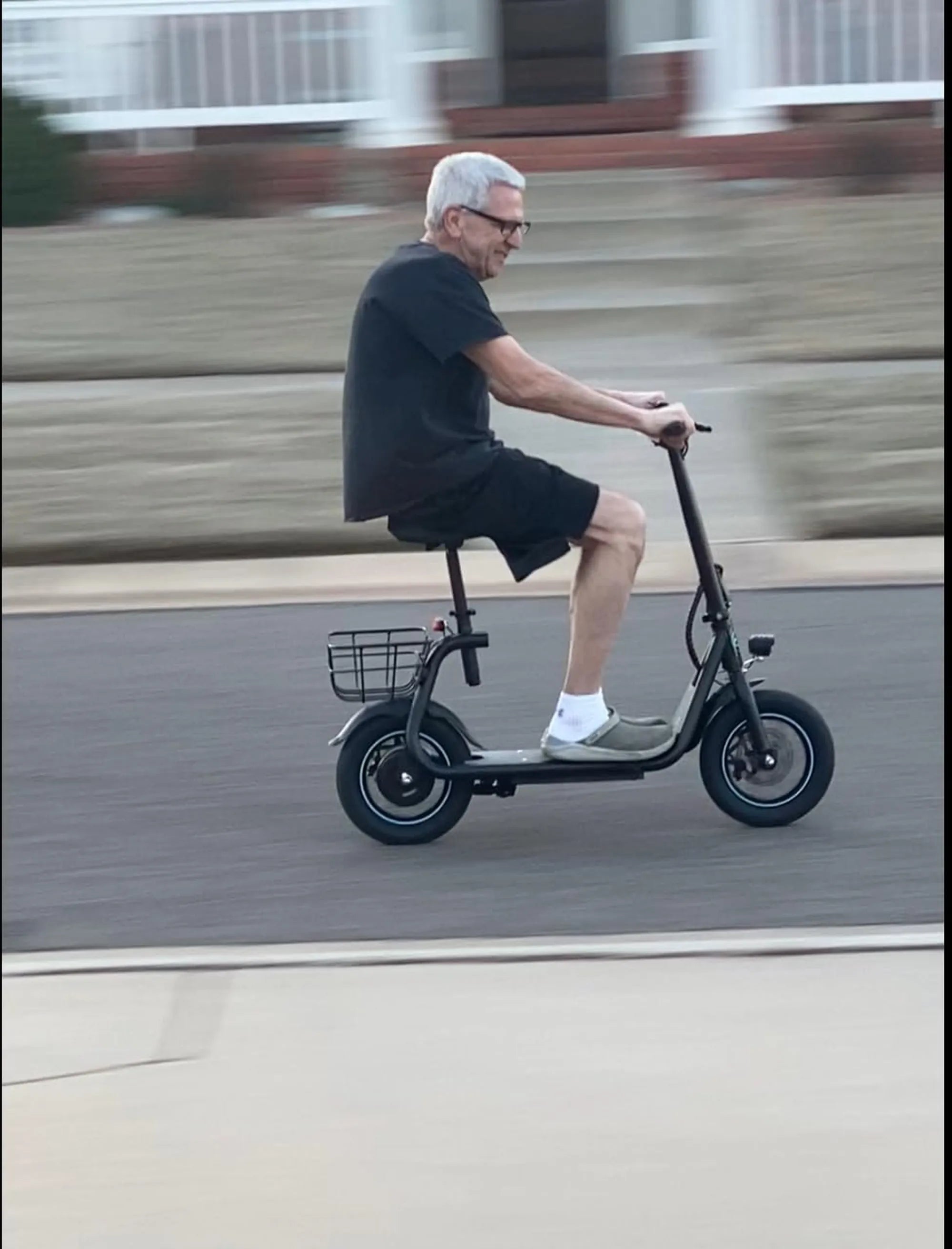As electric bikes surge in popularity, one question echoes through city streets and rural pathways alike: Do you need a license to drive an electric bike? The answer isn't as straightforward as you might think, with regulations varying dramatically across regions and depending on your e-bike's specifications. Let's demystify the legal landscape so you can ride with confidence.
Understanding Electric Bike Classifications
Before examining licensing requirements, we must first understand how authorities classify electric bikes. Most jurisdictions categorize e-bikes based on three key factors:
- Maximum assisted speed: How fast the motor propels the bike
- Motor power output: Typically measured in watts
- Operation method: Pedal-assist versus throttle-controlled
These classifications create the foundation for licensing regulations. In many areas, lower-powered e-bikes that require pedaling fall under bicycle rules, while more powerful models may be treated like motor vehicles.
North American E-Bike Licensing Requirements
The regulatory approach differs between the United States, Canada, and Mexico:
United States Regulations
Federal law defines three classes of e-bikes:
- Class 1: Pedal-assist only, max speed 20 mph
- Class 2: Throttle-controlled, max speed 20 mph
- Class 3: Pedal-assist only, max speed 28 mph
Most states follow these classifications and do not require a license for Class 1 and 2 e-bikes. Some states impose additional requirements for Class 3 models, such as minimum rider age or helmet laws.
Canadian Standards
Canada's federal regulations define "power-assisted bicycles" as having:
- Maximum 500W motor
- Top speed of 32 km/h (20 mph)
- Functional pedals
These e-bikes do not require licensing or registration nationwide. However, provincial laws may add helmet requirements or age restrictions.
European E-Bike Licensing Landscape
The European Union maintains strict but clear e-bike regulations:
| Category | Speed Limit | Power Limit | License Required |
|---|---|---|---|
| Pedelec | 25 km/h (15.5 mph) | 250W | No |
| S-Pedelec | 45 km/h (28 mph) | 4000W | Yes (AM license) |
This two-tier system means most casual riders won't need a license, while faster models require certification similar to mopeds.
Asian and Australian Regulations
Asian countries show remarkable diversity in e-bike laws:
- China: No license for bikes under 25 km/h, registration required for faster models
- Japan: Special license needed for e-bikes exceeding 24 km/h
- Australia: State-dependent, generally no license under 250W/25 km/h
These examples demonstrate why riders must research local laws before purchasing an e-bike.
Key Factors That Determine Licensing Needs
Several technical specifications influence whether your e-bike requires licensing:
Motor Power Considerations
Jurisdictions typically set wattage thresholds where licensing kicks in. The most common limits are:
- 250W (common in Europe)
- 500W (Canada and some US states)
- 750W (some US states)
Exceeding these limits usually means your e-bike gets classified as a motor vehicle.
Speed Capabilities
Maximum assisted speed represents another critical threshold:
- 20 mph (32 km/h): Common upper limit for license-free operation
- 28 mph (45 km/h): Often requires registration or licensing
Some regions measure speed differently - either as motor cutoff speed or maximum achievable speed.
Additional Legal Considerations for E-Bike Riders
Beyond licensing, e-bike operators should be aware of:
Age Restrictions
Many areas impose minimum age requirements:
- 14 years old for basic e-bikes in some US states
- 16 years old for faster models in Europe
- No restrictions for low-power bikes in most regions
Helmet Laws
Helmet requirements frequently accompany licensing thresholds:
- Mandatory for all e-bikes in some jurisdictions
- Required only for faster models in others
- No requirements in certain areas
Insurance Requirements
While rare for basic e-bikes, some regions mandate insurance for:
- Higher-powered models
- Commercial use e-bikes
- Riders with certain license types
Future Trends in E-Bike Licensing
As e-bike technology evolves, we can expect regulatory changes:
- Potential standardization across regions
- New categories for emerging e-bike types
- Possible licensing for cargo e-bikes
- Revised speed and power thresholds
Staying informed about these developments will help riders remain compliant.
The world of e-bike regulations continues to evolve as governments balance innovation with safety concerns. While most riders won't need a license for standard models, understanding your local laws ensures trouble-free riding. Before hitting the road, take five minutes to verify your area's specific requirements - it could mean the difference between a pleasant commute and an unexpected legal headache.

Share:
How Fast Can an Electric Bike Go? Exploring Speed Limits and Factors
Best Electric Bike for Seniors: A Guide to Comfort, Safety, and Freedom